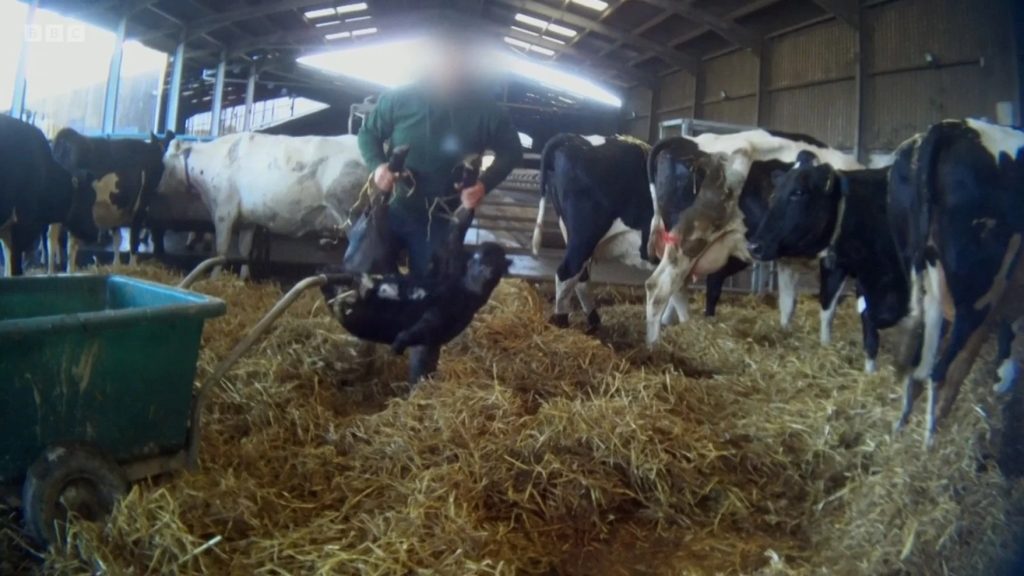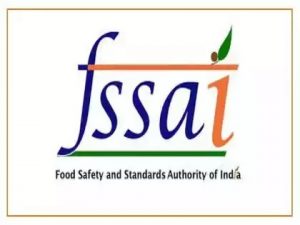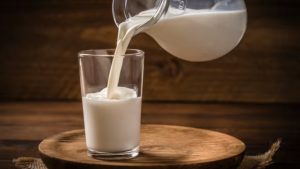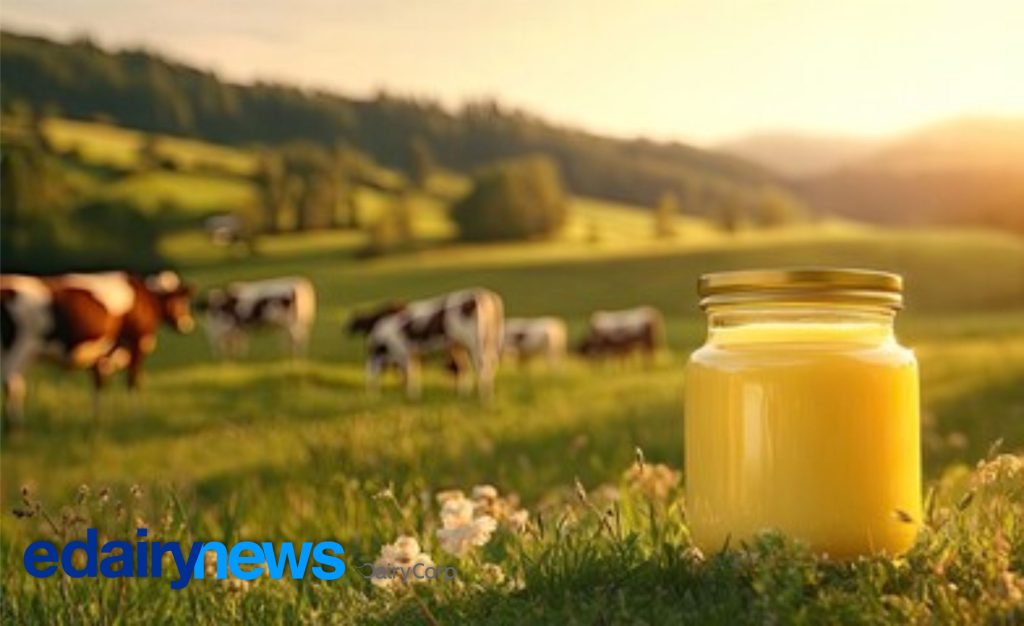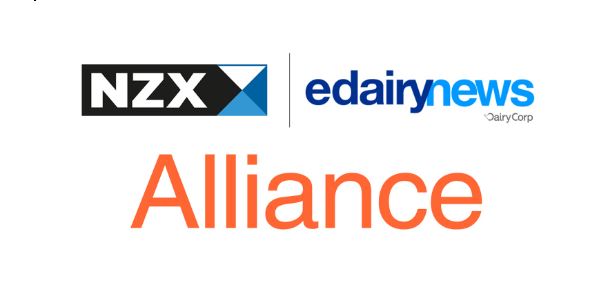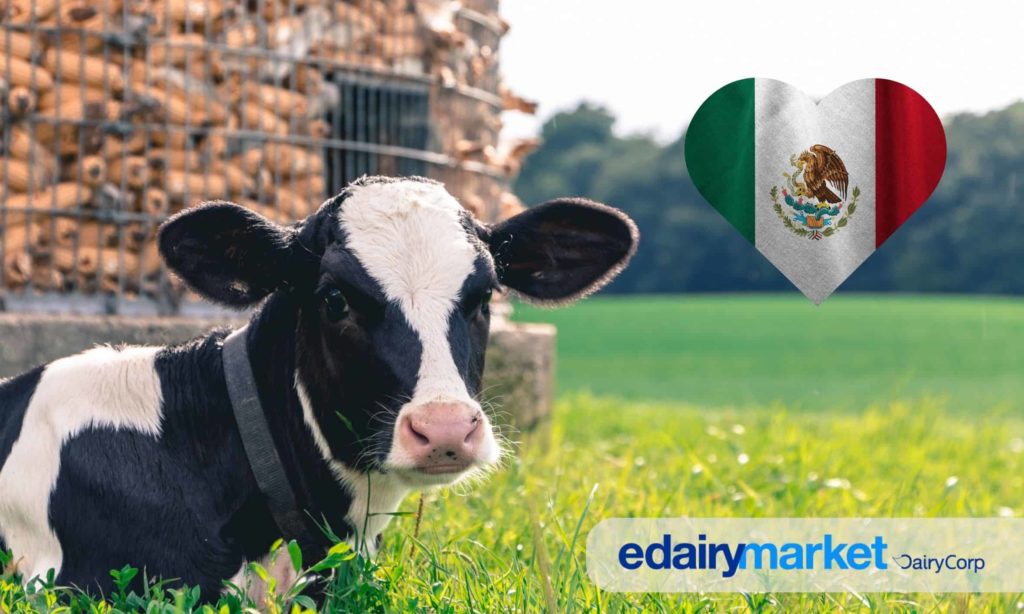
Integrated Dairy Development Programme Drives Micro-Farm Creation, Boosting Rural Livelihoods Across the Kashmir Valley with Subsidies.
The Animal Husbandry Department has significantly expanded the dairy sector across the Kashmir Valley over the past three years through the Integrated Dairy Development Programme (IDDP). Official data reveals that a total of 4,224 dairy units have been distributed to residents under the initiative, with the express objective of empowering locals to generate their own income by establishing micro-farms in their respective areas. This injection of capital and resources is designed to foster entrepreneurship and economic stability at the grass-roots level throughout the region.
Analysis of the distribution data shows substantial yearly fluctuations in the pace of farm establishment. The period of 2024–2025 saw the highest activity, with a remarkable 2,105 dairy farms set up, accounting for nearly half of the total three-year distribution. In stark contrast, the establishment rate dropped significantly in the current year, with only 419 dairy units recorded. The preceding year, 2023–2024, saw 1,700 units established, indicating an uneven but generally upward trend in the government’s efforts to promote dairy unit creation.
The distribution of these dairy units has varied widely across the districts within the Kashmir Valley. In the current year, Kupwara district received the highest number of new units with 122, while Baramulla received the fewest with only 17 units provided. Notably, the South Kashmir districts of Pulwama and Shopian saw zero dairy farms established under the IDDP this year. Other key distributions included 46 units in Srinagar, 31 in Budgam, and 84 in Bandipora, highlighting specific areas of focus within the agribusiness initiative.
Looking back, the district-level data from the previous periods offers a clearer picture of historical success. During the 2024–2025 period, Bandipora led the region with the highest number of units established at 453, followed by Budgam (286) and Baramulla (270). Similarly, in 2023–2024, Bandipora again led with 388 farms, followed by Baramulla (336). These figures demonstrate sustained success in certain districts, while also highlighting the low distribution in urban centers like Srinagar, which recorded the lowest numbers in both the 2024–2025 (61 units) and 2023–2024 (34 units) periods.
An official from the Animal Husbandry Department confirmed that the IDDP provides not only the dairy units but also crucial subsidies that are directly credited to the beneficiaries’ bank accounts once they commence dairy farming operations. This targeted financial support and infrastructural development has already resulted in a tangible increase in milk production across the Kashmir Valley. The initiative is a powerful example of a government-led program effectively using micro-financing and direct aid to stimulate the rural economy and boost local dairy supply.
Source: Find the complete report on the IDDP distribution figures from Rising Kashmir.
You can now read the most important #news on #eDairyNews #Whatsapp channels!!!
🇮🇳 eDairy News ÍNDIA: https://whatsapp.com/channel/0029VaPidCcGpLHImBQk6x1F
